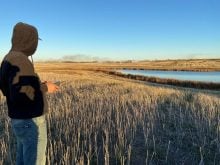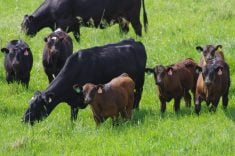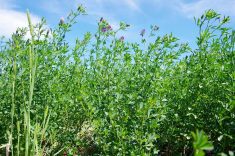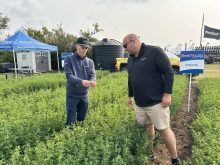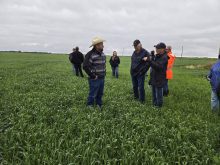“The option should be there for a person who’s treating it as a crop.”
– Jim Baker
leases another four quarters of privately owned land.
You can still get crop insurance on native hay from MASC – the coverage this year is $50 a tonne – but only if you have livestock. And Baker doesn’t.
Another wrinkle: Baker can get insurance on the tame hay he sells off-farm (he got 51 bales this year, less than two-thirds of normal) but not the native hay.
Read Also
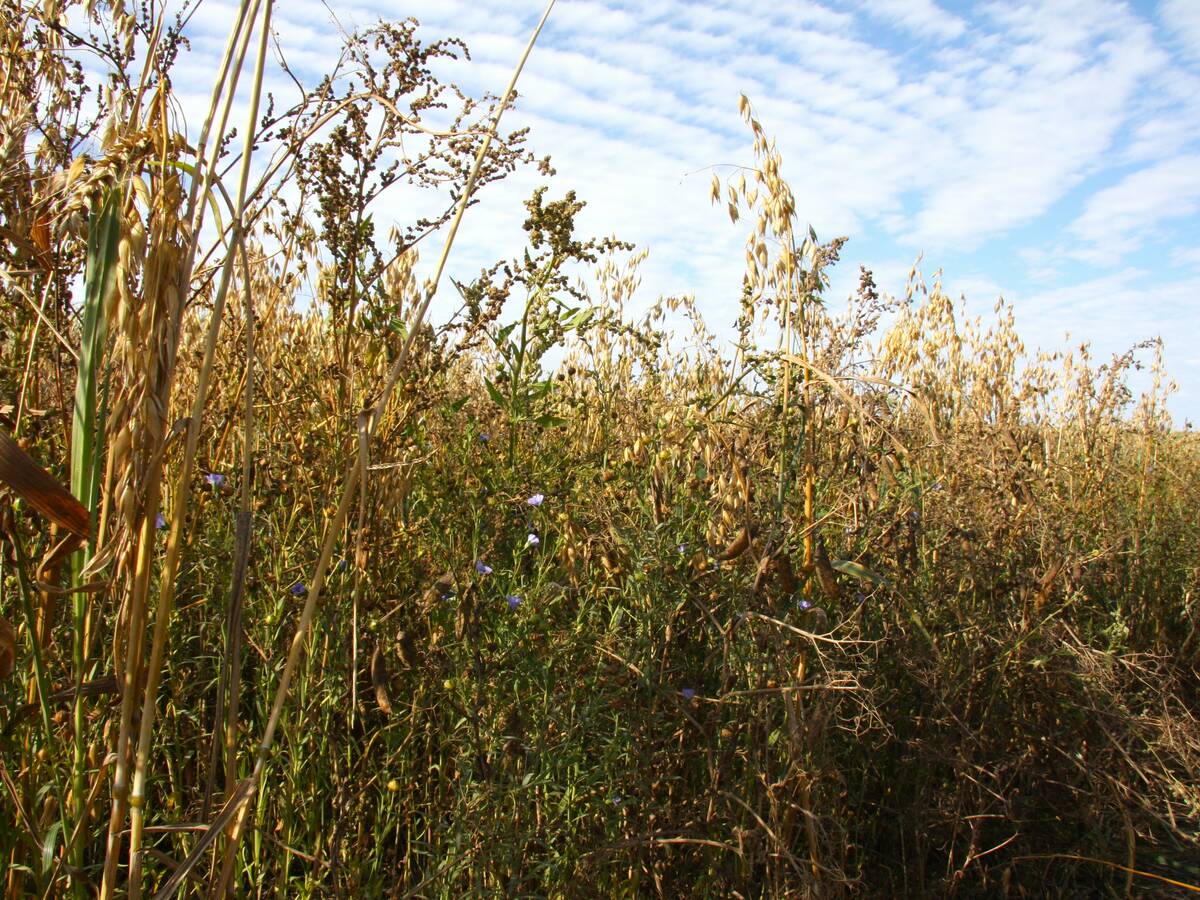
PepsiCo nearly doubles regenerative scope
Another 240,000 farm acres managed through regenerative agriculture will be supported by PepsiCo across Manitoba and Saskatchewan by the end of 2025.
Why the difference? Because native hay insurance is for livestock producers who feed the hay to their own animals. That’s all.
“It was developed to address the situation of livestock producers who were reliant on native hay and had no coverage. That’s the basis of the program,” said David Koroscil, MASC’s manager for insurance projects and sales in Portage la Prairie.
It’s a policy that frustrates Baker, who sees it as a loophole wide enough to drive a baler through.
“The option should be there for a person who’s treating it as a crop,” he said.
Koroscil said the policy, which goes back to the early 1990s, views native hay as extra hay – something growing in sloughs, drainage ditches and on marginal land which farmers wouldn’t normally crop.
Native hay is also more difficult than other crops to insure because it’s less reliable, he added. Yields and acres may range widely from year to year, depending on conditions. Acreage-based long-term averages can be harder to arrive at.
That doesn’t satisfy Baker. He said he raised the matter with his local MP James Bezan, also an Interlake cattle producer, who told him other producers in the region were in a similar position.
As far as Baker is concerned, hay is hay and if you can sell it, you should be able to insure it.
“I believe there’s a market for it. And I certainly haven’t had any problem selling my native hay.” [email protected]


